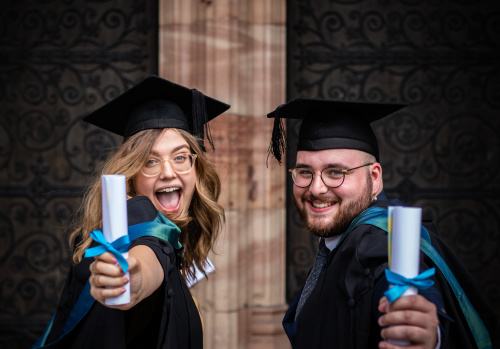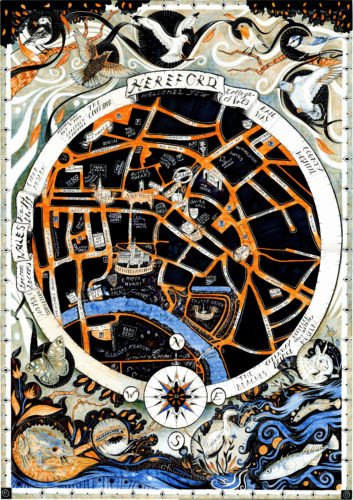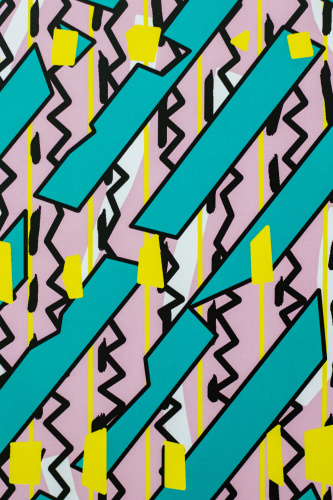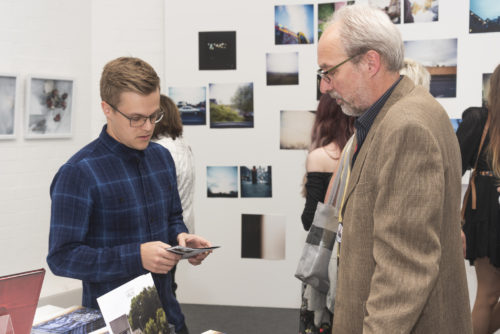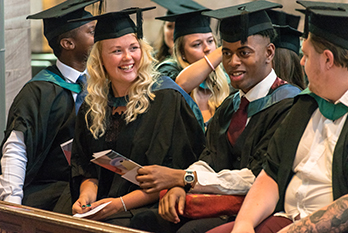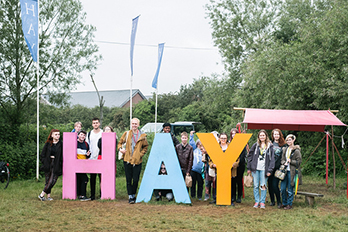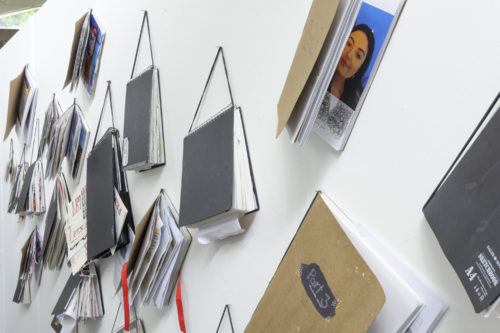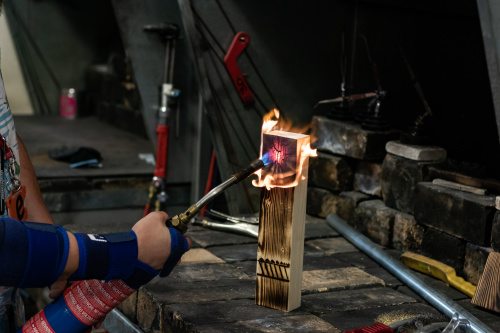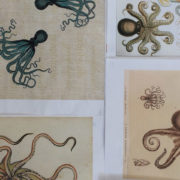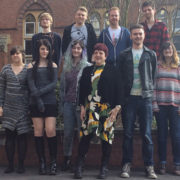Creative Lunch 3: Neurodiverse learning
Published on 16.03.16
Huge thanks to Fenella Lloyd, specialist dyslexia tutor and support co-ordinator at Hereford College of Arts, who hosted our third ‘Creative Lunch’ today. Fenella’s talk began with a fascinating exploration of the neurodiverse learner and some insightful information about the different ways learners’ process information. I particularly welcomed Fenella’s clear message that this is a
Categories
Huge thanks to Fenella Lloyd, specialist dyslexia tutor and support co-ordinator at Hereford College of Arts, who hosted our third ‘Creative Lunch’ today.

Fenella’s talk began with a fascinating exploration of the neurodiverse learner and some insightful information about the different ways learners’ process information. I particularly welcomed Fenella’s clear message that this is a something to be celebrated – she is fascinated by the ‘dyslexic brain’ and the rich way in which this can interpret information. We learned about the concept of visual interference, and how when learners approach written material with the right-hand side of the brain, they often make meanings from the spaces between the characters. We also explored how different types of learners process semantic and pragmatic language in particular ways.
Another interesting point brought out was that ‘reading’ is an emotive activity, tied in with ideas of social and cultural capital, and that the idea of neurodiversity is both a concept to describe learners who process material in certain ways but also a civil rights movement concerned with ensuring that people who are ‘wired differently’ are treated with respect.
Fenella feels we have a lot to learn from the rich and complex ways that ‘neurodiverse’ learners process information, particularly in a creative environment. Walking around the studios and seeing the amazing creative work that goes on there, I would agree.
However, there is an academic aspect to any degree course. Fenella’s current research aims to find out how far a specialist tool she has developed to support neurodiverse learners could have impact in supporting learners without neurodiverse profiles.
The tool itself breaks down the reading process, encouraging learners to retrieve key information from a critical text and evaluate that information as to its use and application for their current task. It supports engagement with the text using a range of techniques, combining kinaesthetic activities with critical questioning. She aims to put the learner in control of the text, and initial qualitative data has shown the tool could be very effective; however it needs to be trialled with a larger group of learners before any conclusive evidence could be suggested as to its wider use.
Particularly engaging was Fenella’s description of how learners, having used the tool, used the process to challenge her own insights into how relevant the text was to them. In her words, her end goal is to have her students not need her any more.
Huge thanks to Fenella for leading this session. It was also lovely to hear staff remark positively about our new research space. I’ve sent out a questionnaire this week and will meet with members of SMT next week so that we can develop our creative space here (I’m hoping for a ‘blackboard’ wall as a start).
You can read my notes from today’s lunch session by clicking on the gallery image above- apologies if they are a bit scribbled. Fenella has also promised to send me her presentation, so watch this space for further details, and watch the research space for two student workshop sessions – ‘methodologies’ and ‘theory and practice’.

